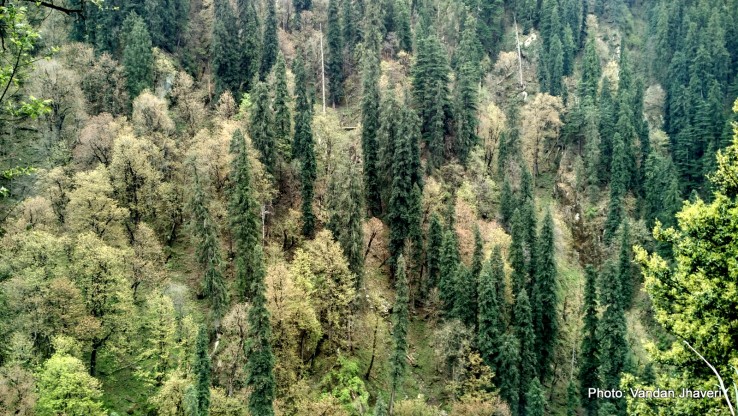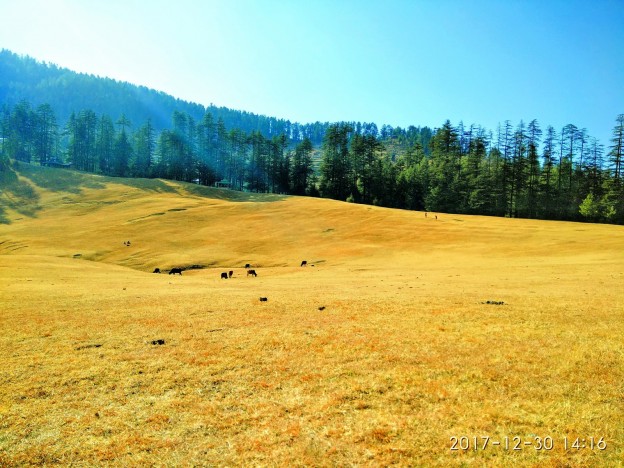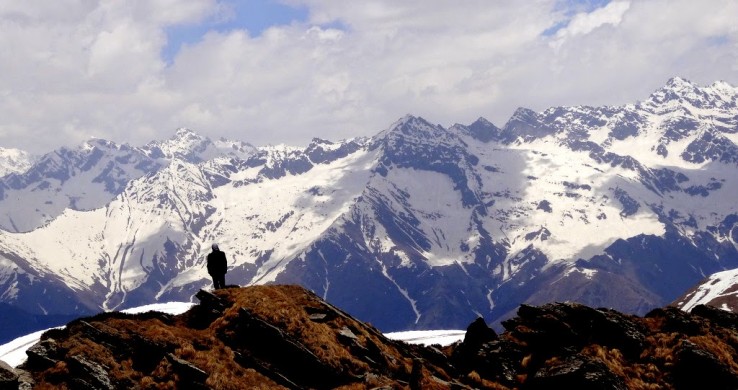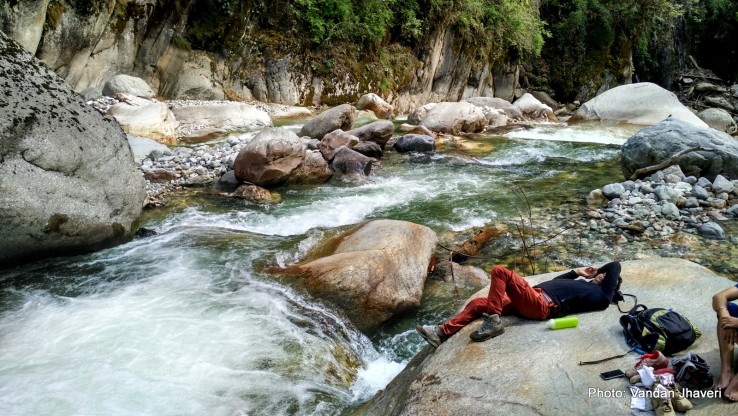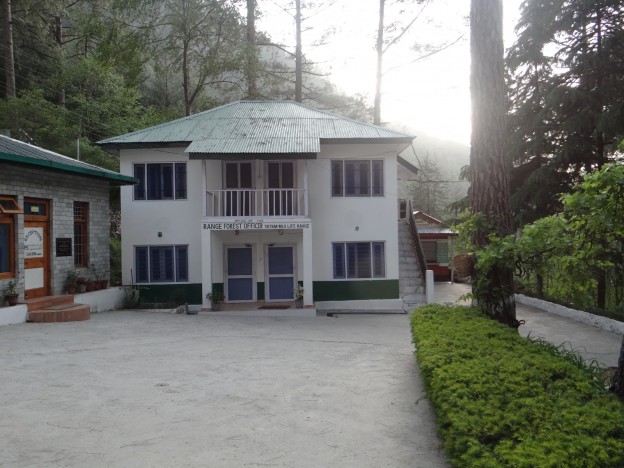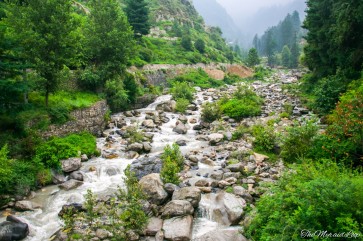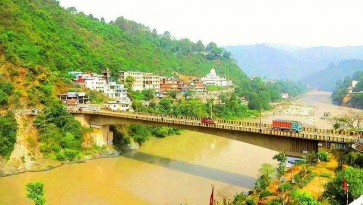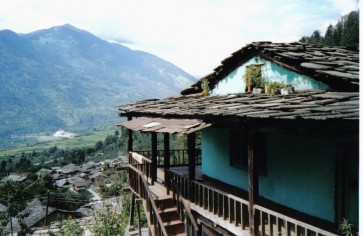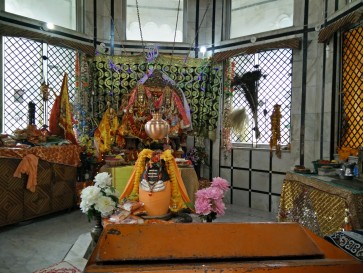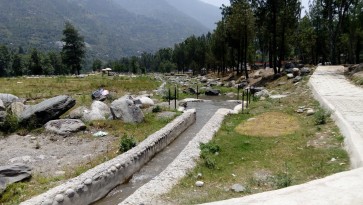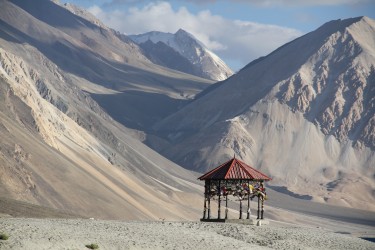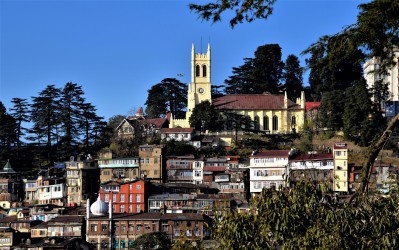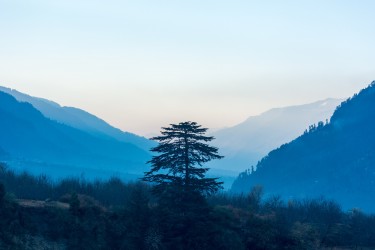Great Himalayan National Park Travel Map
The Great Himalayan National Park harbours one of the few known viable population of Western Tragopan, along with more than 300 species of birds and over 30 species of mammals.Rupi Bhabha Sanctuary, Pin Valley National Park, Kanawar Wildlife Sanctuary and The Great Himalayan National Park together constitute one of the largest areas of relatively undisturbed Western Himalayan ecosystem in North India. The upper catchments of the Tirthan, Sainj, Parvati and Jiwa Nala, flowing from east to west, and mingling into River Beas, form the ecosystem of the park.Often referred to as Jawahar Lal Nehru Great Himalayan National Park, it is spread over an area of 50 sq km. Musk deer, brown bears, Himalayan thar, ibex, black bears and rare species of snow leopard can be seen in the park.Closed canopy forests constitute a part of the vegetation of the region. Oak forests, alpine meadows, sub-alpine and alpine scrub communities constitute the flora of the region.Herbaceous species, many of which have medicinal and aromatic properties, along with Indigofera, Viburnum, Sarcococa and Berberis species also constitute the vegetation of the region. Western Tragopan and more than 300 species of birds representing the Western Himalayan Avifauna find abode in the park.The largest remaining population of Himalayan Thar in India is found in the park. Its prominence is also evident from the fact that it is the only place in the Himalayas where Bharal occurs virtually side by side with Himalayan Thar
Other Places To Visit In Manali
Kullu District, Shamshi, Himachal Pradesh 175126, India
Opening Day
Monday: Open 24 hours
Tuesday: Open 24 hours
Wednesday: Open 24 hours
Thursday: Open 24 hours
Friday: Open 24 hours
Saturday: Open 24 hours
Sunday: Open 24 hours
